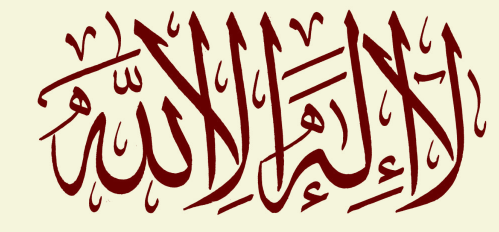The Integration of the Soul – Seyyed Hossein Nasr
What do we mean by integration? Not only do I want to pose this question from the point of view of Sufi metaphysics, but also of other forms of metaphysics as well. Oneness in its absoluteness belongs to the Abso lute alone. It is only the One who is ultimately one. This is not a pleonasm, not simply a repeating of terms. It is the reassertion of a truth which we are easily apt to forget while we are seeking the One in Its reflections on lower levels of reality and on the plane of multiplicity. We must always remember this metaphysical truth: that oneness in its highest and absolute sense belongs only to God as the Absolute, to Brahman, Allah, the God-head, the Highest Reality, the Ultimate Reality. Precisely because of this truth, no benefit could be gained in our search for unity by being immersed only in multiplicity. In fact, without the One, multiplicity itself could not exist. It would be nonexistent, because multiplicity always issues from the One, always issues from the Supreme Principle. If we remember this truth, we shall then be able to understand what is truly meant by integration. Nearly everybody is in favor of integration these days, without bothering to search fully for its meaning. In the modern world attempts are often made to achieve integration by seeking to bring forces and elements together on a single plane of reality without recourse to the Transcendent Principle or a principle transcending the level in ques tion. But this is metaphysically impossible. It is only a higher principle that can integrate various elements on a lower level of reality. This truth is repeated throughout all of the levels of the hierarchy of the universe. Throughout the universe it is ultimately only the Divine Principle—God—who either by Himself, or possibly through His agents, makes possible the integration of a particular level of reality and the integra tion of that level itself into the whole of existence. On all levels, from the devas of the Brahmic world or the archangels or whatever corre sponding language you wish to use, to the lower angelic world, to
